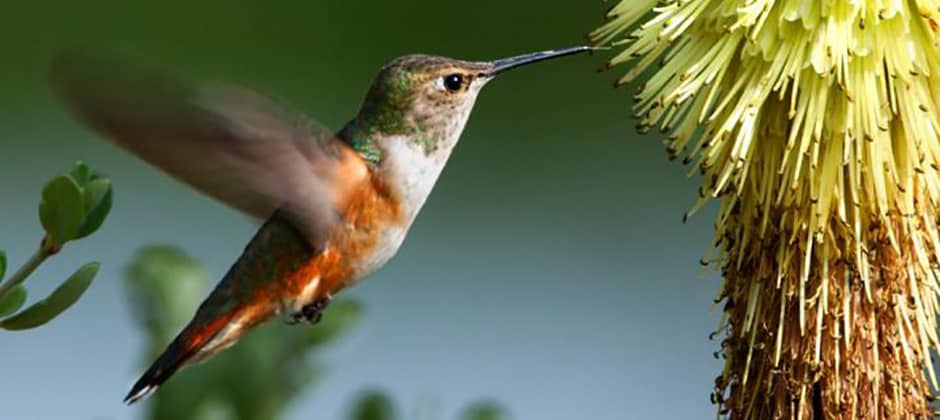

įOR MORE INFORMATION OR TO ARRANGE AN INTERVIEW, PLEASE CONTACT:ĭr. Western Hummingbird Partnership, Boulder, CO. State of the Rufous Hummingbird science and conservation. Gillespie CR, Contreras-Martínez S, Bishop CA, Alexander JD. It is intended to raise awareness and focus on the importance of collaborations across borders that benefit this shared hummingbird.Ĭlick here to access the full version of this report. The Partnership’s newest publication, “Rufous Hummingbird: State of the Science and Conservation,” is a first compilation of research on the species, providing an overview of the factors that may contribute to its decline, gaps in our knowledge, and biological information. Its partners are diverse and represent universities, federal and non-governmental agencies, and individuals who participate in hummingbird research and education efforts. The Western Hummingbird Partnership works to protect Rufous Hummingbird and other western migratory hummingbirds by identifying gaps in knowledge and motivating actions for their protection. It has been classified as the longest journey made by a bird in relation to its body size. In late summer, Rufous migrates south and remains in Mexico for several months. The magic of the Rufous Hummingbird is that it joins conservation efforts among three countries- Canada, the United States, and Mexico – through its migrations, reaching latitudes farther north than any other hummingbird. Migratory hummingbirds depend on flowering plants throughout their journeys, and if the timing of their movements is not aligned with the availability of nectar, their capacity to nest successfully, fly long distances, and even survive may be jeopardized. Research also shows that a changing climate and earlier springs are causing advanced flowering.

Incompatible grazing, urban and rural development, and the invasion of non-native plants result in the loss of native flowers that hummingbirds need. Hummingbirds face many threats including herbicides and insecticides, that when used on crops, may have direct health effects on Rufous and other hummingbirds. Ken Rosenberg (Cornell Lab of Ornithology), who is leading international efforts to identify causes of North American bird population declines, said that “Western Hummingbird Partnership and this new document represent the kind of coordinated and targeted efforts that we need to guide both science and conservation actions for the recovery of species on the brink, such as the Rufous Hummingbird.” John Alexander, Director of the Klamath Bird Observatory in Oregon and a lead author of the publication. Considering hummingbird biology, habitats, interrelated food resource and pollination issues, land use threats, fire, and climate, it is clear that we need to take action that is informed by an understanding of the full lifecycle natural history of this species,” stated Dr. “We took a species-specific look at the conservation issues that Rufous Hummingbirds face across their migratory range. Post-disturbance restoration that focuses on native nectar-producing plants can maximize benefits for this energy-consuming dynamo. Like many species, Rufous Hummingbirds can benefit from fire and other forest disturbances that open up habitats to sunlight and the emergence of the nectar-producing plants they need. A new report published by the Western Hummingbird Partnership, “Rufous Hummingbird: State of the Science and Conservation,” illuminates in colorful images and graphics the biology and ecology of this tiny dynamo and highlights the many gaps in information that impede our ability to effectively protect it. Since the 1970s, its numbers have fallen by as much as 60%, and conservationists suspect that its peregrinations may expose it to threats that contribute to its steep population decline.

Its travels often take it across two international borders between nesting and wintering sites from Canada to Mexico. Measuring just 3 inches and weighing in at around 3 grams, it migrates as many as two thousand miles.

The male, a rich chestnut, sports a flaming red throat. BOULDER, CO, Novem– The Rufous Hummingbird is a flying jewel.


 0 kommentar(er)
0 kommentar(er)
